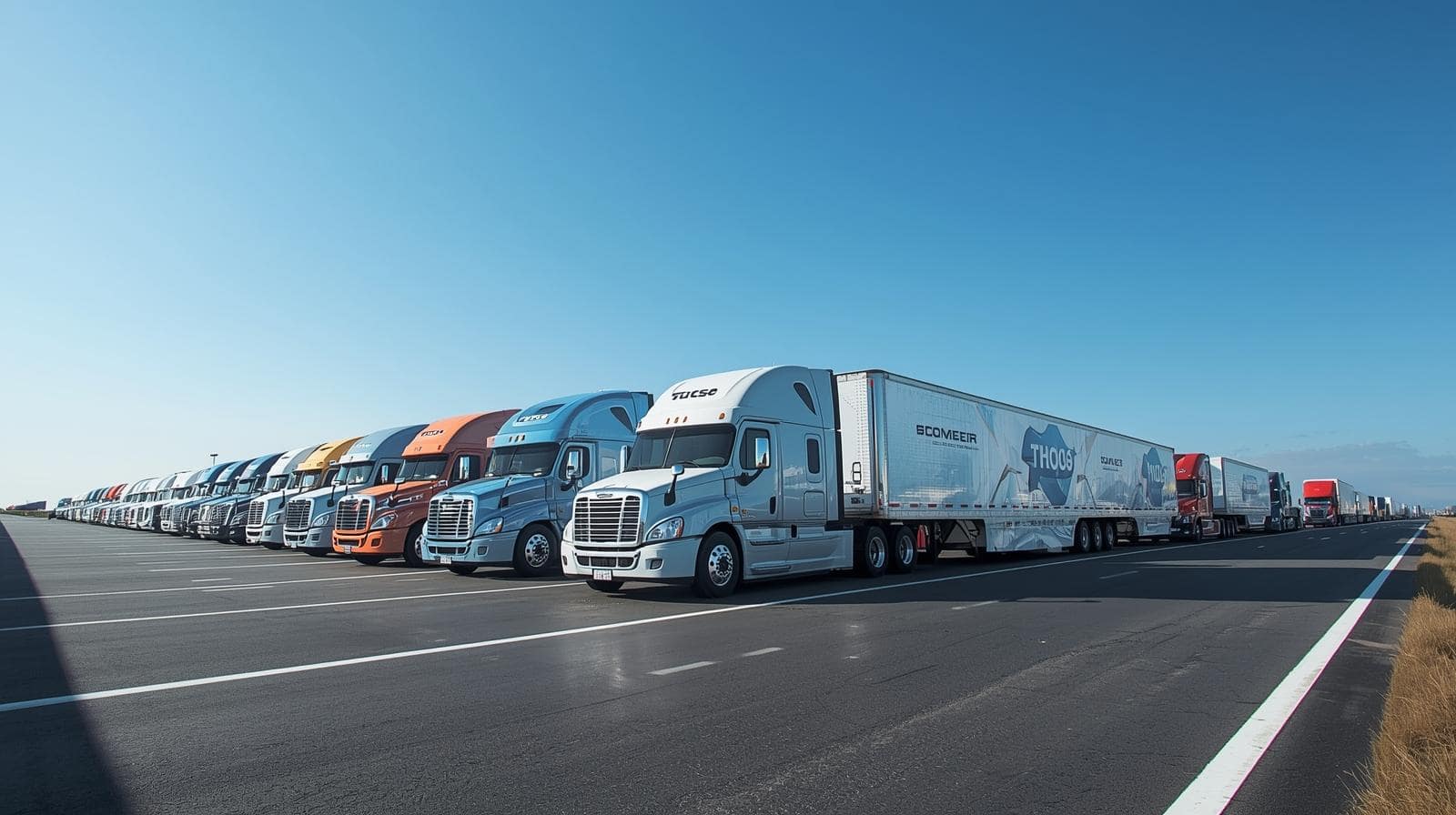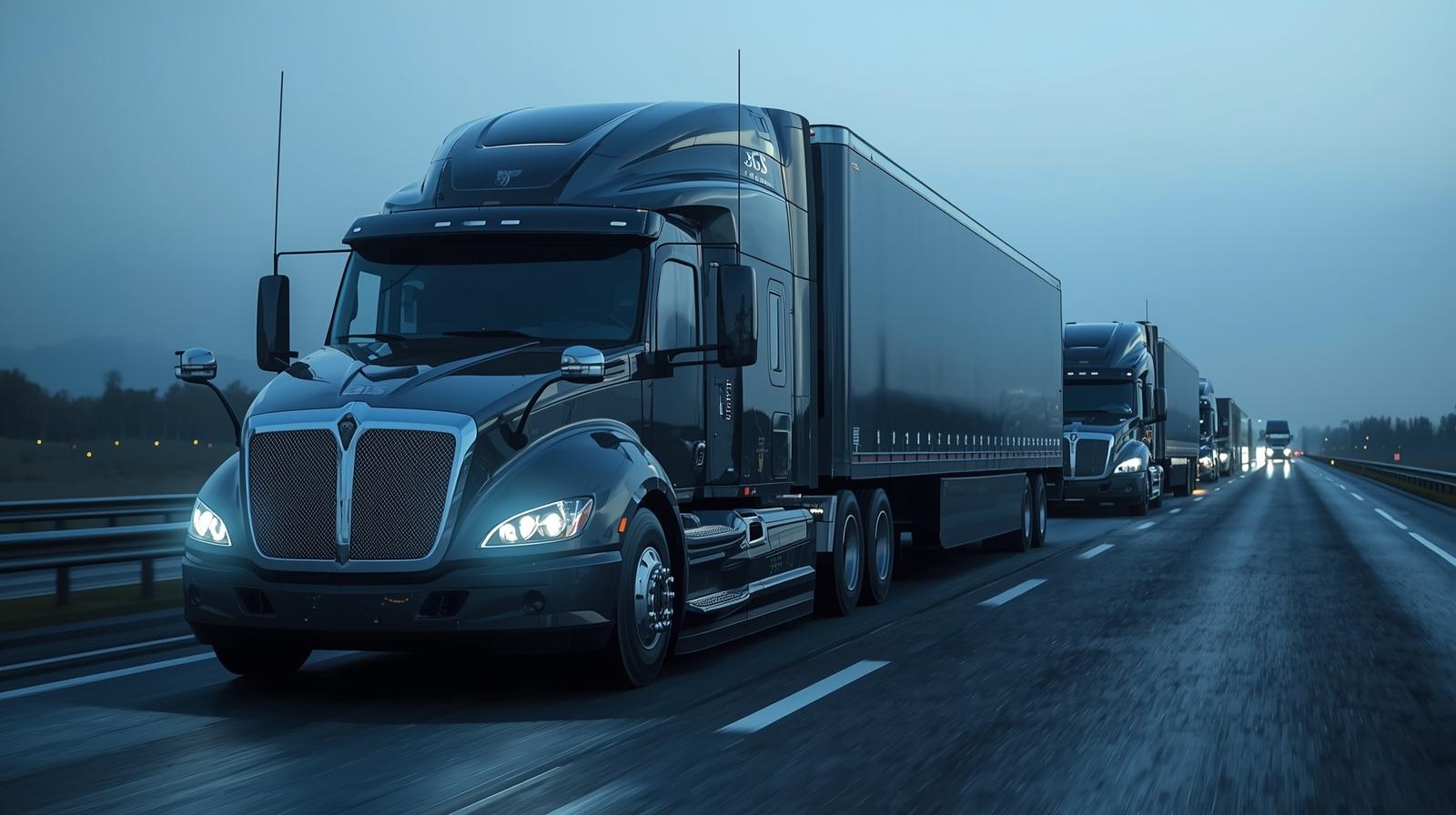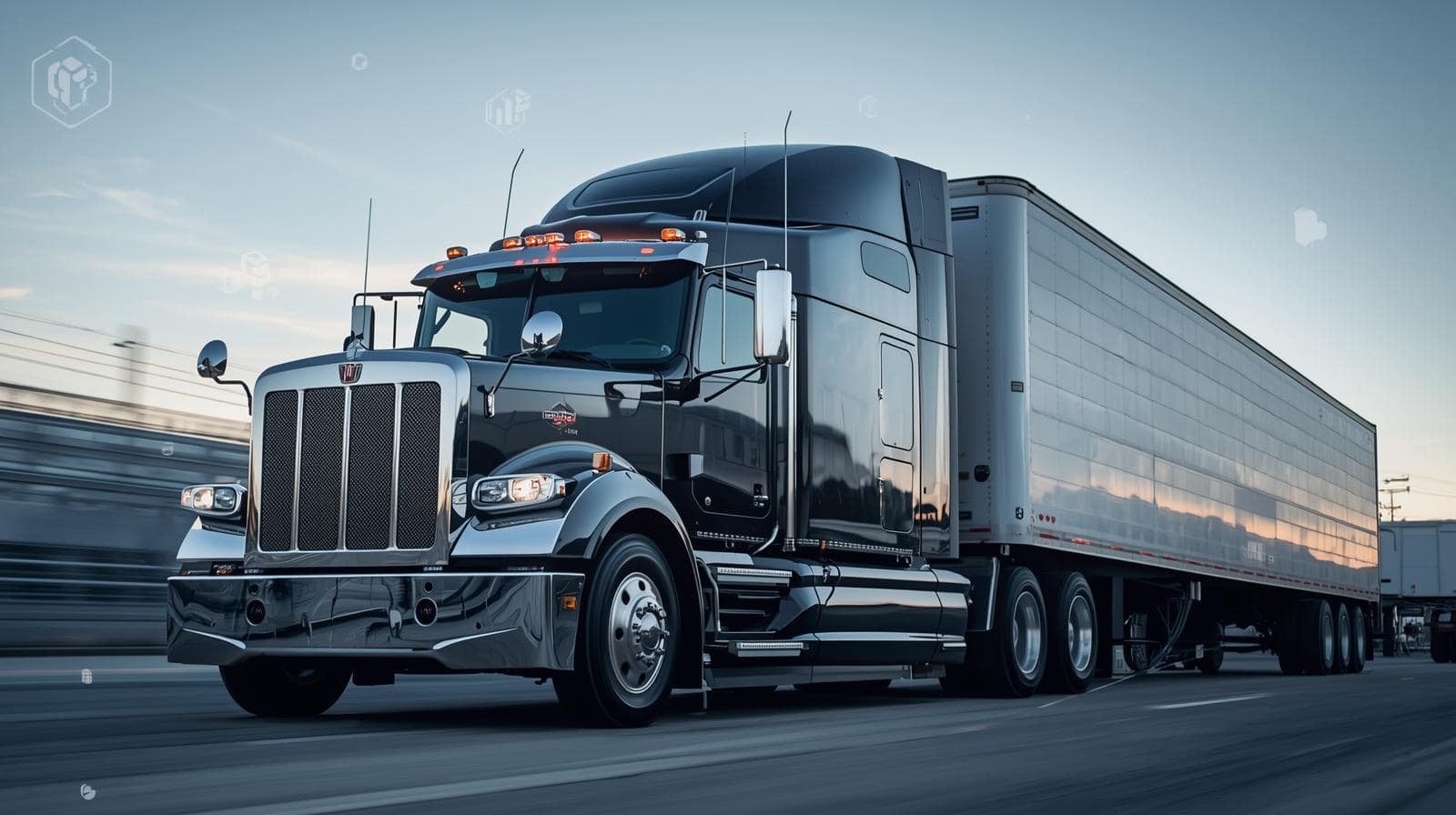Contents
- Why traditional training and compliance keep leaking money
- What generative AI changes in fleet reality
- Personalized training at scale
- An AI coach inside the cab
- Compliance becomes proactive, not reactive
- Safety coaching gets smarter and calmer
- What fleet managers gain
- What drivers gain
- Why Ezlogz is the right foundation for this shift
- FAQ
Fleet training fails when it treats every driver like the same person. Compliance fails when it waits for a violation, then scrambles to explain it. Generative AI flips both models. It learns from real fleet data, builds training around individual behavior, and produces compliance guidance before errors happen. I see this as the next practical leap in trucking tech, not a buzzword phase, because fleets already generate the raw material AI needs: ELD logs, GPS traces, safety events, maintenance records, and dispatch context. Ezlogz is positioned right in that stream with its ELD, GPS fleet tracking, and AI safety ecosystem.
Why traditional training and compliance keep leaking money
Most fleets still run training like a dusty classroom. New hires get a stack of rules, a slideshow, maybe a shadow ride, then they are sent into live traffic with a clock on their hours. Managers mean well, but consistency breaks under workload and turnover. The result is predictable:
- drivers memorize rules short term, then forget them under pressure
- coaching happens after a mistake, not before
- different terminals teach different standards
- compliance teams chase paperwork instead of preventing incidents
AI already pushes fleet operations toward prediction and prevention, and generative AI extends that logic into training and documentation.
What generative AI changes in fleet reality
Generative AI is not just “automation with text.” It creates tailored content on demand: explanations, training steps, checklists, summaries, and even scenario practice. In a fleet, that means the system can read a driver’s actual patterns and generate coaching that fits their weak points like a glove. It also means compliance documentation can be produced automatically from live records instead of rebuilt by hand.
Think of it as upgrading from a static rulebook to a living coach that speaks your fleet’s language.
Personalized training at scale
Generative AI lets fleets move from one size fits all training to individual learning paths.
Driver specific coaching plans
A reliable system watches real behavior and builds training around it. If a driver repeatedly struggles with form and manner edits, the AI generates a short module on proper log annotation, then follows up with quizzes or reminders. If another driver shows speeding clusters in the same corridor, the AI produces a route specific safety brief.
Patterns that can drive personalization:
- HOS mistakes tied to certain duty changes
- DVIR skips at specific times or yards
- speeding near hills, cities, or terminal exits
- harsh braking spikes during night shifts
- risky following distance flagged by cameras
With Ezlogz, those patterns already exist in ELD logs, GPS streams, and AI camera events.
Microlearning in the moment
Drivers do not need 60 minute courses; they need 2 minute corrections when memory is fresh. Generative AI makes that possible. After a risky event, it can instantly create a quick lesson that explains what happened, why it matters, and how to fix it next time. The tone can stay constructive, not punitive.
This is like coaching a golfer right after a bad swing, not at the end of the season.
Language and clarity adapting to the driver
Modern fleets are multilingual. Generative AI can translate training automatically, simplify complex CFR language, or deliver voice based guidance for drivers who prefer audio. That builds compliance through understanding, not intimidation.
An AI coach inside the cab
The biggest compliance mistakes happen in the gray zones: split sleeper calculations, adverse conditions, personal conveyance boundaries, yard moves, and last minute dispatch changes. A generative AI assistant inside the driver app can answer these questions in real time, using fleet policy plus FMCSA logic.
Examples of what an in app coach can generate on demand:
- “Here is how your split sleeper option works for this shift”
- “You are 42 minutes from a violation; take a 30 minute break here to reset”
- “This move qualifies as yard move, not driving time”
- “Adverse conditions only applies if X and Y are true; your log shows X but not Y”
That kind of clarity prevents violations before they show up on an audit report. Ezlogz already emphasizes AI driven insights and compliance visibility, so layering a conversational coach onto that data is a natural evolution.
Compliance becomes proactive, not reactive
Generative AI turns compliance into a live system that predicts risk and creates documentation automatically.
Predictive HOS risk alerts
Instead of saying “violation happened,” AI can say “violation likely in 90 minutes because your route plus traffic equals X.” It can also generate the fix: suggested break windows, alternative stops, or a quick dispatch note to adjust ETA.
Audit-ready summaries in minutes
DOT audits are painful mostly because humans compile them manually. Generative AI can produce:
- trip by trip HOS summaries
- exception explanations
- edit histories with rationale
- DVIR compliance timelines
- safety event narratives linked to footage
This reduces admin load and improves accuracy because the narrative is generated directly from source records.
DVIR and maintenance compliance that nudges, not nags
If DVIRs are missed on certain equipment or shifts, AI can generate targeted reminders and short “why this matters” micro lessons. Pair that with predictive maintenance data and you stop defects from becoming roadside failures. Ezlogz has been pushing predictive and self healing ELD capabilities, which align tightly with AI driven maintenance compliance.
Safety coaching gets smarter and calmer
Generative AI shines when paired with computer vision. Ezlogz’s AI Vision Cam and safety integrations already detect risky behavior and sync it with the platform.
Now imagine what happens when the system also generates coaching content:
- a harsh braking event triggers a 90 second lesson on following distance
- a lane drift event triggers a fatigue awareness prompt
- repeated phone distraction triggers a personalized habit plan
Safety stops being a spreadsheet and becomes a guided improvement loop.
What fleet managers gain
Generative AI gives managers something rare in trucking: time and consistency.
- onboarding compresses because training is targeted
- coaching quality becomes uniform across terminals
- managers get automatic weekly risk summaries
- compliance workload shifts from paperwork to prevention
- performance reviews become data-backed, not gut-based
It feels like adding a training and compliance department that works 24/7 without burning out.
What drivers gain
Drivers benefit when tech supports them instead of policing them.
- rules become understandable at the moment they matter
- feedback stays specific and fair
- fewer surprise violations
- smoother days because decisions are clearer
- confidence rises, which usually means retention rises too
The tech becomes a co-pilot, not a hall monitor.
Why Ezlogz is the right foundation for this shift
Generative AI needs clean, unified data to work well. Ezlogz already runs a connected ecosystem: ELD compliance, real time GPS tracking, safety monitoring, and fleet management tools under one roof. That single platform footprint is exactly what makes generative AI training and compliance reliable. You cannot personalize coaching or generate audit narratives if your data lives in five different vendors.
Ezlogz can evolve from “tracking and reporting” into “teaching and preventing,” without reinventing the stack.
FAQ
1. What is generative AI in a fleet setting?
Generative AI creates training content, explanations, summaries, and coaching on demand using real fleet data like ELD logs, GPS events, and safety footage.
2. How does generative AI improve driver training?
It builds personalized learning paths based on each driver’s real behavior, then delivers short, targeted lessons instead of generic courses.
3. Can generative AI reduce HOS violations?
Yes. It predicts violation risk in advance and generates clear corrective steps, such as break timing or route adjustments, before the mistake happens.
4. Will AI replace safety managers or compliance staff?
No. It reduces their manual workload and gives them sharper tools. Humans still set policy, review edge cases, and handle coaching relationships.
5. How does AI help during DOT audits?
It auto generates audit-ready reports and narratives directly from HOS, DVIR, GPS, and safety records, cutting prep time and reducing errors.
6. Is generative AI useful for multilingual fleets?
Definitely. It can translate coaching instantly, simplify regulations, and even deliver voice based training for drivers who prefer audio.
7. What does Ezlogz need to support generative AI training?
A unified data platform with ELD, GPS, safety, and compliance records. Ezlogz already provides that foundation, which makes generative AI a logical next layer.










